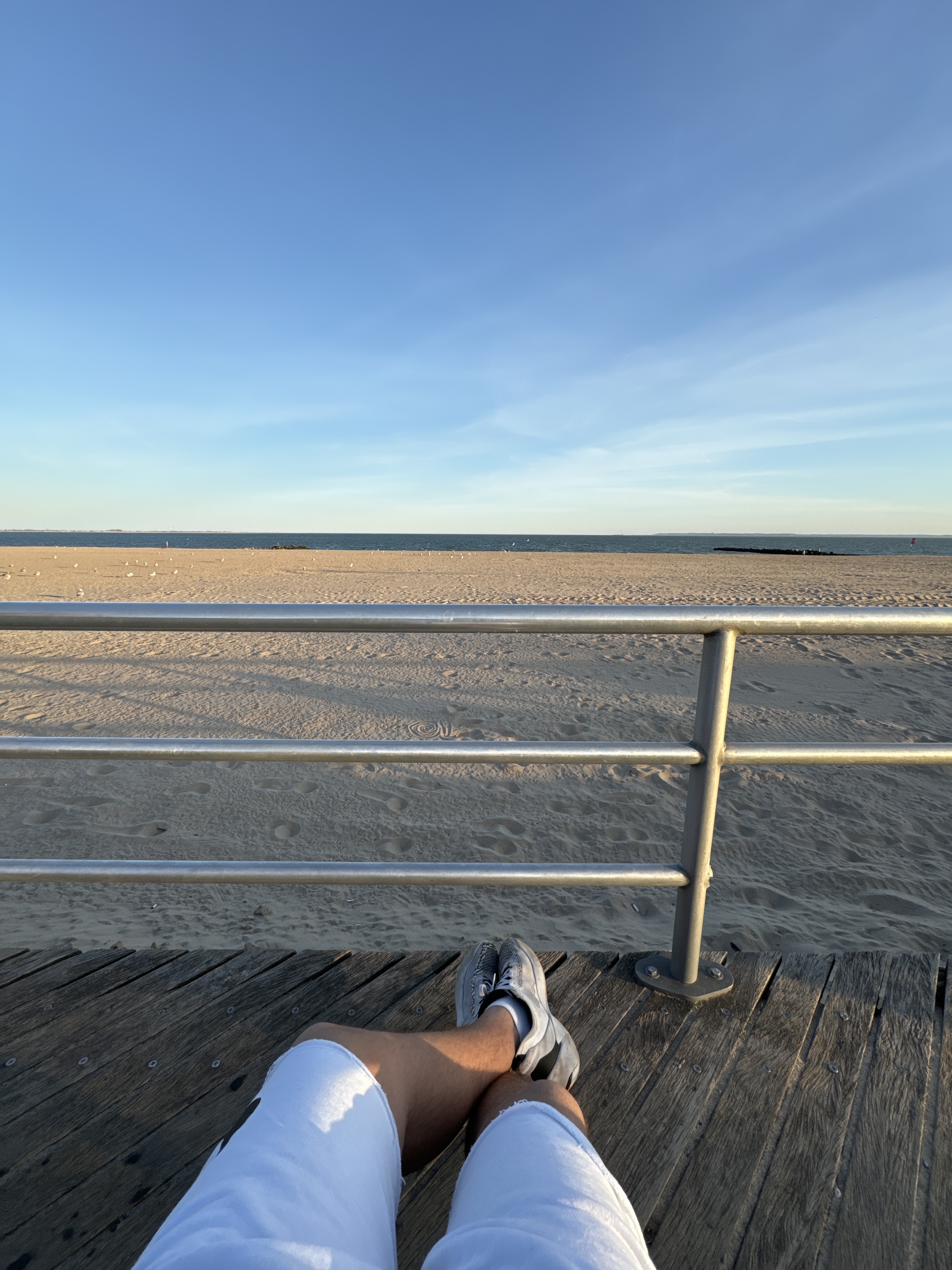Is there any possible way to run DTS sound effect for headphones in linux?
Yesn’t. Look at HeSuVi and their process of making your own HRTF profiles. Once you’ll get impulse files you can use them with pipewire, they have a preset designed specifically for HeSuVi profiles.
It’s a lengthy process but the end result is roughly the same as with DTS Sound Unbound
https://sourceforge.net/projects/hesuvi/
Ugh, Sourceforge…
Take a look at easyeffects
have you tried EasyEffects?
This app is a godsend.
A bit OT: I recommend this loudness equalization preset: https://github.com/Digitalone1/EasyEffects-Presets
They plus apo files for your headphones are amazing
The audio stack for Windows and Linux are very different. As far as I’m aware it’s not possible. Anecdotally I’ve found that these applications are pretty useless anyways, if you play any modern competitive shooter it will have its own HRTF audio processing engine that works better anyways. I know CS2 and Valorant do. It’s not possible to get more accurate audio unless you know the actual position of the enemies which these programs do not.
Other than that good headphones with good imaging really helps. I.e. not typical gaming headphones.
Not DTS but I tried this pipewire filter some time ago and it works pretty well.
No, that’s a windows program and running it in a VM would probably cause unacceptable latency. You can use PipeWire or JACK to put real time audio filters inline though.
Or passthrough the VM a USB-DAC, no audio in Linux then though
No.
But why would you want to?
All “virtual surround” solutions for headphones are absolute crap. You have two ears. The headphones have two speakers. Any modern game is already processing the 3D position of sounds and creating the appropriate stereo signal.
All any additional processing does is make it sound worse. At best these programs are just an audio equaliser that makes footsteps louder, that’s not some fancy processing, and is arguably cheating.
You should read up on head related transfer functions. Virtual surround is much more than just “an audio equaliser that makes footsteps louder”.
No fucking shit.
That’s not what I’m saying. These programs don’t do virtual surround. If they do, they do it badly.
Game engines DO use virtual surround, and do so much better, using it to produce the stereo signal directly.
These programs, at worst, pretend to accept a 5.1 or 7.1 audio source, and then downmix it, badly, to stereo. They might slap on a shitty room effect for good measure.
At best, they just take the stereo audio from the game, which is either already in virtual surround, or a stereo stream without positional data, and muck about with the levels a bit.
That’s all they can do. Because what they claim to do, which is add surround when it isn’t there, or improve it when it’s already there, isn’t a thing.
These programs don’t “enable” virtual surround. The real thing is already in every modern game engine ever.
And if a game engine isn’t already doing HRTF, some random program isn’t gonna add it by “processing” the stereo signal the game IS producing.
To do that, the game engine would need to be providing all the sounds and source locations, walls that the sound is to interact with, etc. But guess what, if it supports doing all that, IT’S PROBABLY ALREADY DOING HRTF.
First, I apologise for assuming you were uninformed. That’s clearly not the case.
I agree that if a game has its own headphone surround solution then that’s preferable to anything external to the game. And yes, turning on both just mangles your sound and should not ever be done.
A theoretical game that doesn’t have its own HRTF doesn’t need to provide full soundscape details for a external virtual surround to work though. It just won’t be as good. If the game can output 7.1 audio but lacks HRTF for headphones the processor can at least use the surround channel positions to inform an HRTF, so that the right rear channel sounds like it’s behind you and to the right, etc. If the game is stereo only, maybe you want your NES emulator audio to sound like it’s coming from the screen in front of you instead of strapped to your head.
All that aside though, OP also didn’t mention games. Maybe he’s got some DTS7.1 movies he wants to watch, in which case HRTF by channel position is the only option.
I’ve never heard an implementation that sounded better than just a basic downmix to stereo that any old media player can do. Which is the other option.
And certainly not something that was better than using stereo audio to begin with. All the magic of hearing things from different directions can be fit right there, into the two stereo channels.
There are so many of these programs that claim all kinds of things, but even when they do just do HRTF based on actual surround sound signals, it’s maddening how often they just fuck it up with some bs room filter on top.
These software application come with almost every gaming headset and it’s the only context I ever see anyone use this stuff. And not once have I tried it and thought that using a headset in “plain” stereo sounded worse.
Totally agree that a lot of them are poor implementations. Or just have a terrible UX such that it’s almost guaranteed that a layperson is going to set it up badly and have a degraded experience that they’ve convinced themselves is good. Obviously the “correct” thing to do is check every box for “enhancements”, right?
Gaming peripheral software supplied by the OEM being bad is probably the least surprising thing I’m likely to read all day.
As for stereo sounding better, I think in the purest sense that’s always going to be true. Any kind of processing is going to alter the audio to some degree away from the original “intent”. A pure triangle wave from a NES isn’t going to be a pure triangle wave after it goes through any HRTF, good, bad, or otherwise. If you want your sound to be clean then yes, avoid extra processing at all costs.
Game’s well have great cinematic sound but doesn’t mean it’s the best choice. As example CS,Rainbow Six Siege etc you would prefer hearing clear steps. So someone else with “bad” sound could hear you walking while you couldn’t hear him.
That’s what I said.
If someone else turns up footstep audio with additional software, you have to do it too.
But just use a damn equaliser then. Not some “surround gaming audio” processor that at worst does way more to hurt audio quality than help it.
These programs don’t help you hear other players by using some magic 3d audio. They literally just make footsteps louder, because the audio is already 3d.
You can also get the same result by just lowering all the audio sliders in the game, except SFX, and then using a louder volume.
These “audio processing” programs are fake garbage.
The programs do not present themselves as anything else. The aim is to manipulate the original sound. But to call that cheating or fake, you would also have to treat the graphics in the same way. In other words, max. settings and nice with motion blur and pretty sunbeams so that you don’t notice anything else, etc. Turning the settings down or deactivating them would be cheating/faking.
So if people wanna use it just let them use it.
Yes they do. They use the word “surround”. That’s a lie. They claim to improve audio across the board, for music movies and anything else. That’s a lie. They claim to enhance immersion by making it sound more real. That’s a lie.
Everything all of these programs do around achieving “surround” is fake garbage.
I said the only REAL thing some of them do is let you hear better in games, and thats arguably cheating.
It has more in common with wallhacks than turning graphics down.
Enhancing already existing audio is not cheating. Similarly, using better headphones or a bigger monitor is also not cheating. HRTF in games will give you better information than these programs can. They cannot magically make new information. On the other hand, HRTF in games that support it uses math so that you can hear things above and below you and more accurately place steps.
HRTF will do a lot more for you than an equalizer or compressor could.
Do you not know what the word “arguably” means?
They cannot magically make new information.
That’s literally what I’m saying. They don’t actually do anything useful.
These programs don’t “enhance” anything. They just make some parts louder and some parts quieter, which “ARGUABLY” means you’re using a third party application to modify the game to work differently than designed (allowing you to hear things sooner than their set loudness was intended to allow).
HRTF will do a lot more for you than an equalizer or compressor could.
No shit. Just turn up the relevant game audio, dump these POS audio processors that pretend to be magic.
I agree with 5.1 headsets and other stuff. But if movies or games (where it is implemented) are designed directly for Dolby atmos, for example, would you call that fake? Sure, tools like easyeffects work differently, but they only want to simulate it regardless of whether it is implemented or not. Of course it won’t come close to the original, but it doesn’t have to. With my Nubert XS-4000 RC or the Denon AH-D5200 I don’t falsify the sound either, but I don’t denigrate such tools for no reason.
Yes. That random android tablet with the atmos logo on it definitely does some totally real processing to actually improve the audio coming out of its lil tinny speakers.
If you have a stereo headset, the absolute best audio signal you can feed them, is stereo. Any and all spatial processing can and should already be in there, because no, you can’t just “process” it in there afterwards.
Games and movies that support complex audio standards only work right when used on multi-speaker setups. You can’t just “process” it down to a stereo signal in a way that recreates that. At best, the result is as good as a correctly created stereo signal would have been in the first place.
We’re talking about stereo headphones here. Feeding them anything other than a stereo audio signal was never an option. No matter what processing you do, it’s still just two speakers slapped onto your ears. If you have a stereo audio source that didn’t generate the signal with spatial processing, you can’t just add it back in. And if it did create the signal with spatial audio, no additional processing makes it more better.








